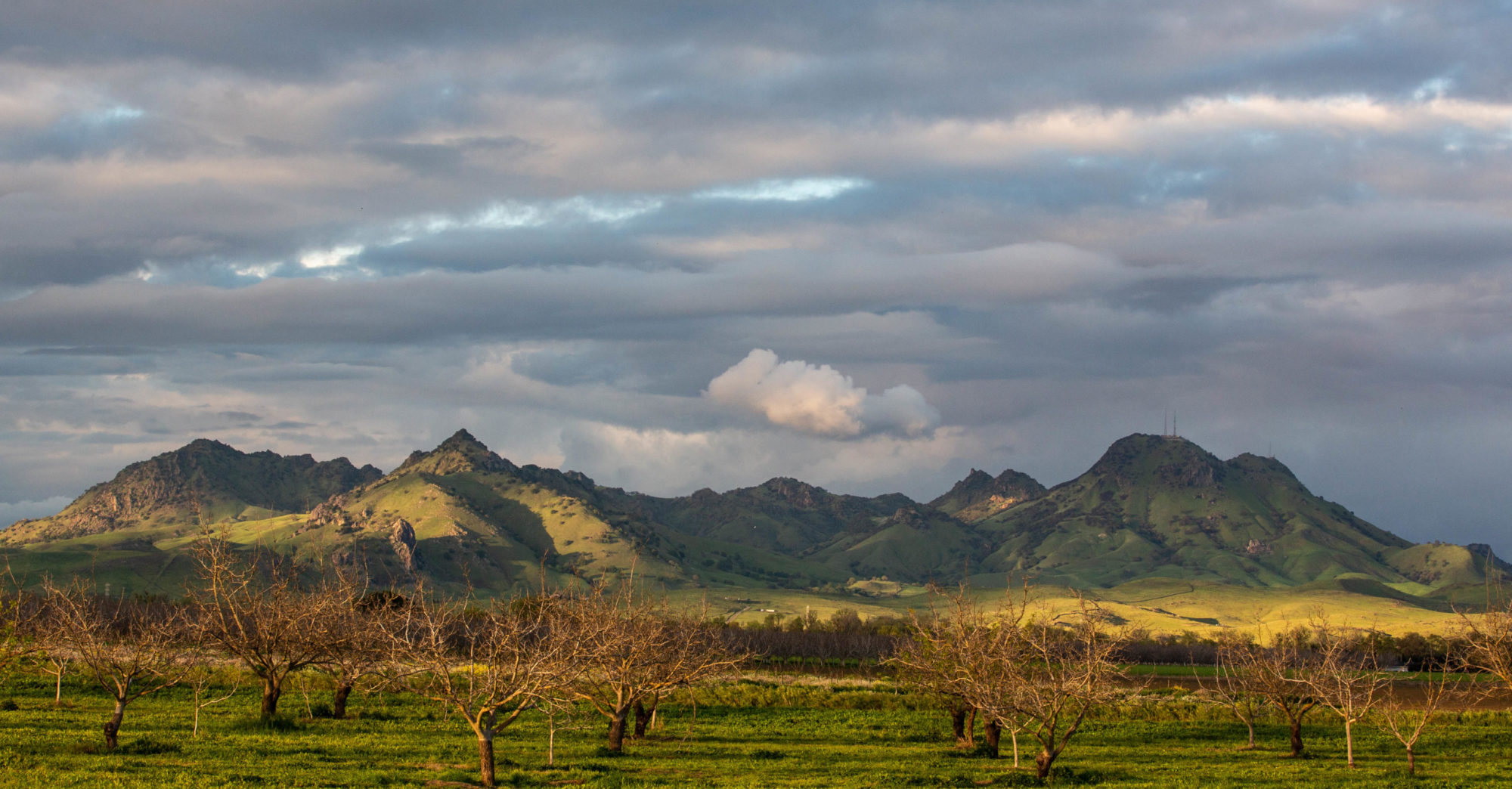Well, I could recount a day spent mostly outside at some of the parks along the Mendocino Coast — Russian Gulch, Point Cabrillo, and Mackerricher. Or I could cut to the chase: the whale we saw just as we were getting to leave the last in the series of parks.
Mackerricher stretches for nearly 10 miles north of Fort Bragg. About three miles north of town there’s Laguna Point, with campgrounds, parking lots, and a long boardwalk out to an area where you can view seals during pupping season (that’s right now).
We got there late in the afternoon and walked out to the western end of the point, where we saw maybe eight seas–a half-dozen dozing on some rocks, a couple more that seemed to be playing. I had my audio recorder with me and and was getting some really vivid shore sounds from these thick-bodied dull-black birds that I’m only slightly embarrassed to say I can’t identify. Got a long piece from a little wren going nuts in some underbrush.
We were ready to find something to eat and were walking back to the car when we both saw a whale spout no more than a couple hundred yards off the north side of the point. We watched, and there were a couple more spouts, and the whale (a gray? a humpback?) seemed to arch its back and go under. We watched some more, and it came back up and repeated the performance, except for a finale it raised its tail — which I’d guess was at least six feet across — and go down again. It repeated the pattern about half a dozen times over half an hour or so.
At one point, we decided to go back out to the boardwalk to see if we could get a better look. On the way out, we passed a family coming in. You naturally assume that they’ve seen what you’ve seen, but I asked as we passed, “Did you see the whale goofing off out there?” No, they hadn’t; in fact, they’d never seen a whale, period. So the mom, dad, and two daughters followed us. It’s also natural to think that once you’ve alerted someone to some wonder of nature, it won’t recur. But within a couple minutes, the whale appeared again, did the tail trick, and dove. We saw it once or twice more before heading back to the car just as a squall blew in across the point.
Conclusion of whale reminiscence.
Like this:
Like Loading...


